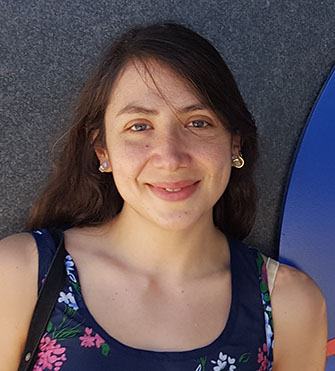Modeling weathering of volcanic rocks
Modeling weathering of volcanic rocks
Reactive transport models (RTMs) are a useful tool to disentagle weathering processes. They allow us to solve for diffusion and advection of fluids and solutes through a porous media, and solve for chemical reactions between the fluid and solid phases. Thus, we can use RTMs to identify the controlling reactions in a weathering system and answer questions like:
What is the influence of water/rock ratios?
How does biota affect to weathering rates?
What is the influence of volcanic gases and geothermal springs in weathering of volcanic regions?

The effect of addition of organic ligands and complexation on (a) free Al3+ activity and (b) allophane saturation index at 20 kyr as a function of depth for a basalt weathering profile. The solid-line represents the results for M3 allowing complexation of Al with organic ligands. Dashed line shows M3 without complexation of Al with organic ligands. Dotted line shows the results for M2 with no organic ligands and no complexation.
LMWOA complexation of Al lowers the activity of free Al3+ by 5–6 orders of magnitude despite high total Al concentration and results in undersaturation with respect to secondary Al phases such as allophane. This mechanism appears central to the large aluminum losses observed in highly weathered Hawaiian soils.
